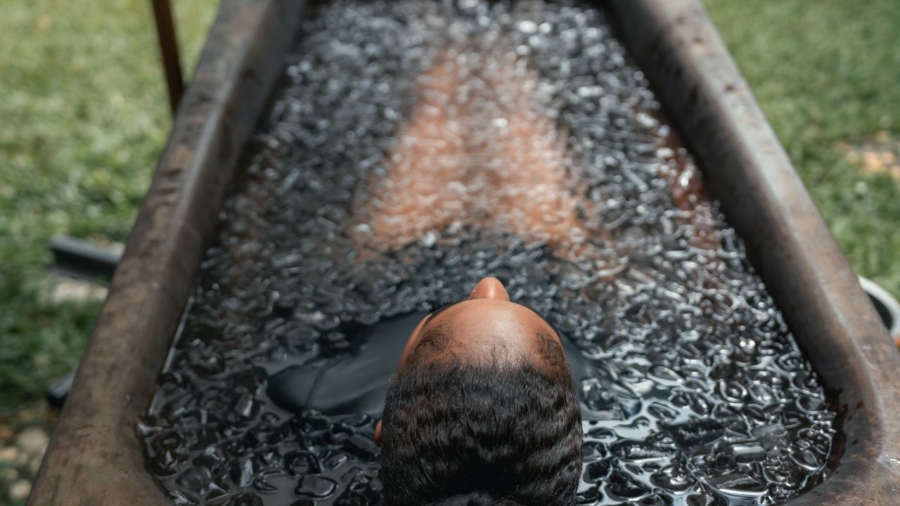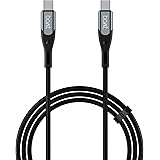Cold plunge devotees swear the wellness practice can do everything from lower the risk of depression to reduce muscle soreness, and there is a little research to suggest they may be on to something. But what if cold plunges are actually bad for women? That surprising messaging is suddenly popping up all over the place.
Take a recent Instagram video from acupuncturist Katie Pedrick that’s gone viral. “I have been saying this for years. And, once again, Chinese medicine is just way ahead of its time,” she said in the video. “Cold plunges are not great for women.”
Pedrick then cited a recent study on cold water immersion in women, noting that it found “no benefit” for study participants (more on that research in a sec). “But it did spike cortisol and stress the women’s bodies out,” Pedrick continued. “This is why you need to use wellness data that has actually been studied on women and not just copy and paste it from men. Our bodies are not the same.”
This also came up in a recent episode of The Mel Robbins Podcast, where exercise physiologist Stacy Sims, PhD, said that “inherently, women don’t need as cold” temperatures as men with cold plunging. “When women get into ice cold or cold water…it invokes such a severe strong stress response, much stronger than a male’s response, that her body goes into more of a shutdown phase,” Dr Sims said. (She suggested that women focus on warmer temperatures of 55 degrees Fahrenheit instead.)
With that, it’s fair to wonder if your cold plunge habit is doing more harm than good. We tracked down researchers, a women’s health expert, and two sports medicine specialists to get to the bottom of this.
A few things happen in a woman’s body during a cold plunge
Research into cold plunges is ongoing, and it’s hard to make any definitive declarations about any aspect of it. But Ron Clijsen, PhD, co-author of that study Pedrick name-checked and head of research at the Rehabilitation and Exercise Science Laboratory (RESlab) at the University of Applied Sciences and Arts of Southern Switzerland, tells SELF that there are a few major responses worth noting when women do cold plunges:
There’s a “cold shock” response
When someone of either sex immerses themselves in cold water (usually at or below 59 degrees Fahrenheit), their body reacts quickly. “You might start to breathe faster or gasp suddenly,” Dr Clijsen says. “This triggers your body’s stress response, releasing adrenaline and other chemicals, which cause your heart to beat faster and your blood pressure to rise.” Blood vessels in your skin and extremities narrow—a process known as vasoconstriction—to help maintain your core body temperature, Vanessa Wellauer, study co-author and researcher at the Rehabilitation and Exercise Science Laboratory (RESlab) at the University of Applied Sciences and Arts of Southern Switzerland, tells SELF.
Your body temperature adapts
This happens anywhere from a few minutes to 10 minutes or more, per the researchers. “The body starts to produce its own heat by shivering and activating brown fat tissue,” Michael Swartzon, MD, sports medicine physician with Baptist Health Orthopaedic Care, part of Baptist Health South Florida, tells SELF. (This process is called thermogenesis, FWIW.)
You’ll see brief spikes in stress hormones like cortisol and catecholamines, per Wellauer. “These cause short-term increases in white blood cells and immune activation markers, which are normal acute responses and not harmful,” she says. (When you continue to do cold plunges, your body adapts and reduces this response, she says.)
Cardiac strain
Cold plunges put a temporary strain on your heart. “The body’s fight or flight response occurs, causing hormonal changes that increase the heart rate,” Sherry Ross, MD, ob-gyn and women’s health expert at Providence Saint John’s Health Center in Santa Monica, CA, tells SELF. There can also be an increase in blood pressure, according to Dr Clijsen.
Source link











